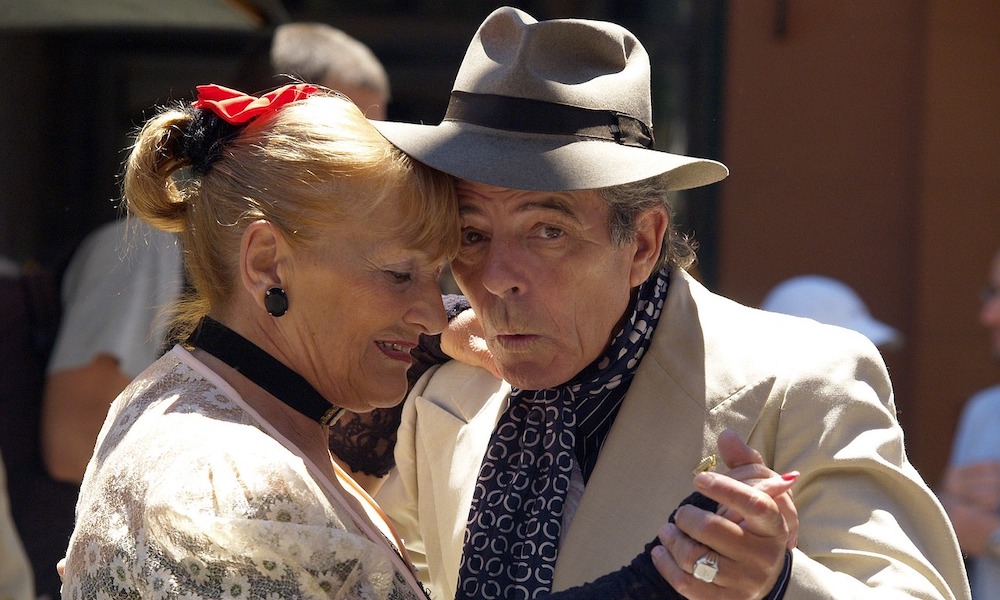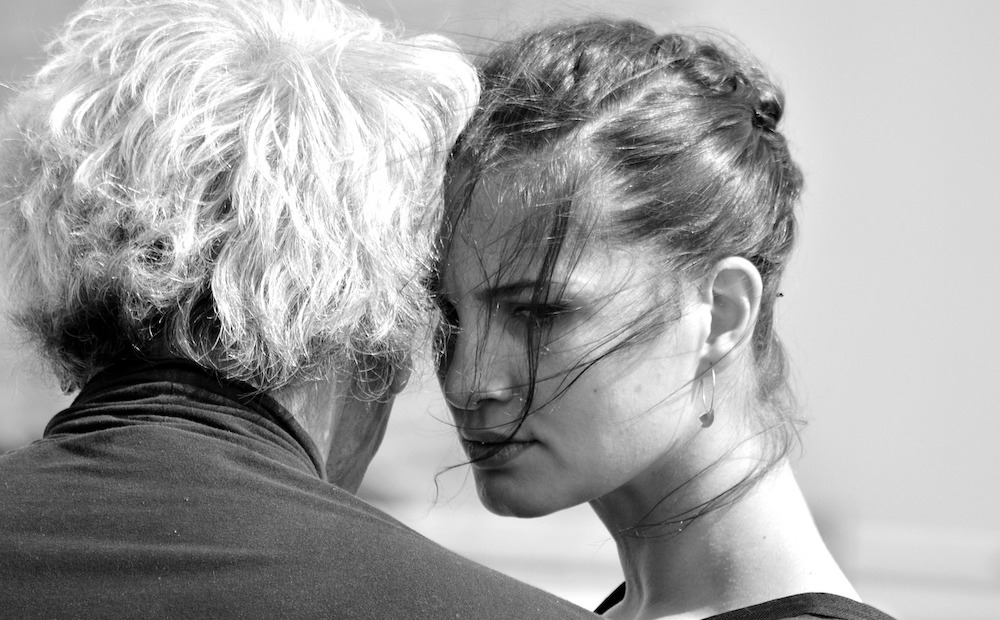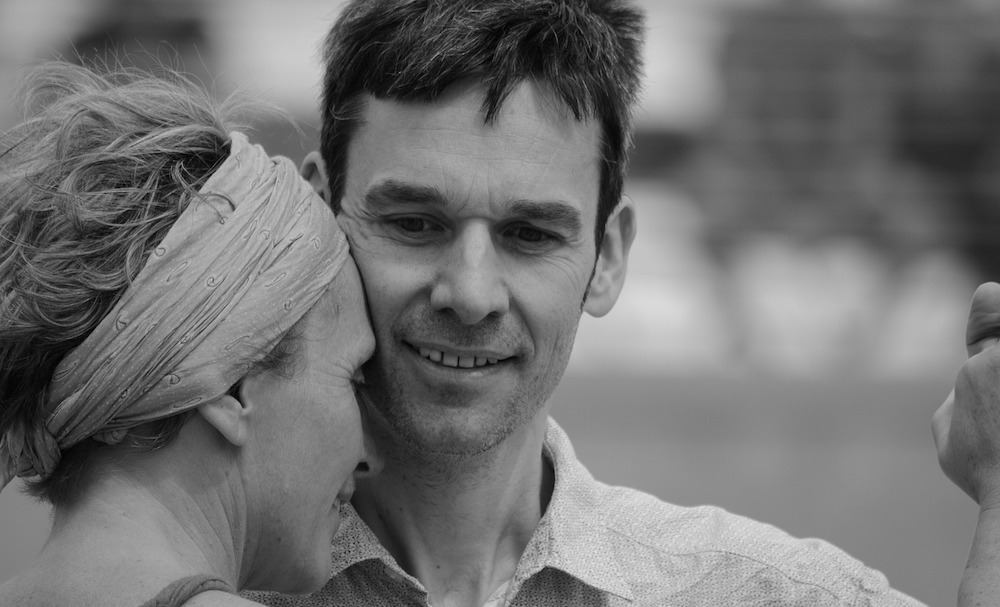
The Tango Underground Way
The same tango, but more free.
Almost uniquely amongst social dance styles, tango is often said to be as much about the environment, culture, music, and ambience of the time when it first emerged as it is about the dance. Tango venues around the world continue to adopt rules and practices that were conceived in 1920s and 30s Buenos Aires and exclusively play music from a simila era. If you walk into a milonga (a tango social event) in France, England, Spain, Argentina, or anywhere else you will recognise the layout and almost certainly know all the music.
How this happened is often disputed and there are many accounts of why tango evolved like this. But the 'traditions' in tango have become more important than the dance itself in many venues, and include everything from style of dress, layout of the room, the order the music is played, how to ask followers for a dance, steps and moves that are 'allowed', and much more.
This consistency and olde worlde charm works for a lot of people, especially the older generation who learned tango in venues like this, and there is no doubt that it helps to ensure a continuity of dancers over the years. But it also works against new people adopting the dance, as bright energetic twentysomethings are more likely to prefer lively modern music and something more akin to a club atmosphere than they would a stuffy hall with quiet scratchy music recorded in 1928 and no lighting.
But if you try to suggest that traditional venues modernise a bit and play different music occasionaly you get told 'this is the way' and nothing ever changes.
Some of us, however, think differently. Tango is a fantastically versatile dance that offers far more than you might expect. It helps your balance, your flexibility, keeps your mind active, and you can carry on learning and dancing far later in life than many other higher impact dances. But most of all it is fun, and we want to spread the tango joy as far as possible.
We are not advocating the ending of all the traditional venues. They have a solid place in tango history and a huge cultural impact on how the dance was formed. But we are advocating that there needs to be another option or tango will eventually fade away.
The Difference
If you know tango and know some of the terminology in use at classes and social events then the following will be familiar to you. If not, and you have come to this page wanting to learn about Tango then there are links and notes to help you understand.
- At our classes and events we focus on the dance itself, not the rules and 'traditions' that can sometimes go with it.
- There are no cabeceos or miradas required at our social dances. If you want to dance with someone then go and ask them. And yes, that applies to both leaders and followers!
- We may play music in tandas if that is how we like to organise things, but there are no cortinas to break up the flow of the social event. Deliberately playing music that is intended to clear the dance floor is the opposite of what a social dance is all about.
- We dance to have fun, not to fulfil some sort of ancient destiny.
- Tango is a flexible improvised dance based on technique and communication. It is not inextricably linked to a particular type of music and can be danced to almost anything.
- At our social dances we play music that might also work for other dance styles. If you know one of those styles (e.g. blues or swing) then you are more than welcome to dance that too. Just be aware of dancefloor etiquette and don't become a hazard.
And that's it!
Tango evolved in the late 19th and early 20th century in the region around the Rio de la Plata in Argentina and Uruguay. Visitors to Buenos Aires and Montevideo brought elements of tango back to Europe and North America, and this became what we now know as ballroom tango. It was not until the late 1960s and early 1970s that the tango we know now started to come back to Europe.
Copyright © Jivebeat Dance and inVision multimedia ltd 2018-2021 · All Rights Reserved


